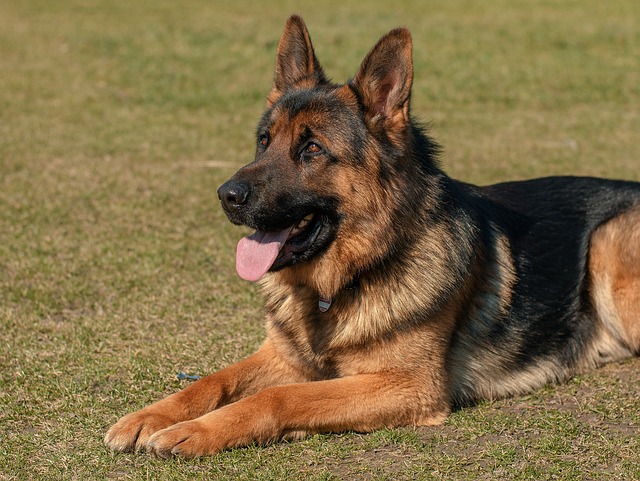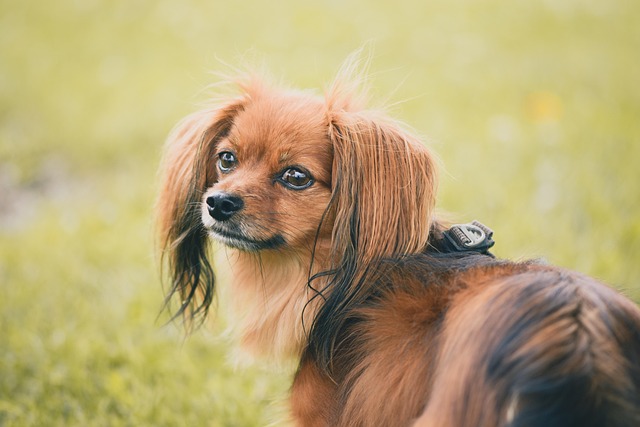
How do I treat an ear infection in my dog at home
I woke up at 6 AM last week to my cocker spaniel, Ruby, shaking her head like a metronome, pawing at her ear so hard I worried she’d scratch it raw.
Living in states like Arizona or Texas, you've probably watched your furry companion pant heavily during those scorching summer afternoons, wondering if there's something more you can do beyond just cranking up the air conditioning. While your dog's natural cooling mechanisms work overtime in hot weather, their diet can play a surprising role in helping them maintain optimal body temperature. Understanding which foods that reduce heat in dogs can make a real difference in your pet's comfort and health during those brutal summer months.
Heat stress in dogs manifests differently than in humans, primarily because our four-legged friends can't sweat through their skin like we do. Instead, they rely on panting and limited sweating through their paw pads to regulate temperature. When you notice excessive panting, drooling, or lethargy in your dog, these are early warning signs that their internal cooling system is working harder than it should. In severe cases, heat stress can escalate to heat stroke, which requires immediate veterinary attention and can be life-threatening. This is why many veterinarians across the country emphasize the importance of proactive heat management, especially for breeds with thick coats or flat faces that are naturally more susceptible to overheating.
Before diving into effective cooling strategies, it's crucial to address some widespread misconceptions about cooling foods for dogs that circulate in online pet communities. Many dog owners believe that ice cubes or frozen treats are the ultimate solution, but veterinary nutritionists actually caution against giving dogs extremely cold foods, as these can cause stomach upset and don't provide sustained cooling effects. Another common myth suggests that all "cooling" human foods are safe for dogs, but this couldn't be further from the truth. Foods like grapes, onions, and certain spices that some cultures consider cooling are actually toxic to dogs and should never be offered, regardless of the temperature outside.
The science behind natural ways to cool dogs through diet focuses on foods with high water content and specific nutrients that support the body's natural cooling processes. Watermelon, for instance, contains over 90% water and provides natural electrolytes that help maintain proper hydration levels. When you remove the seeds and rind (which can cause digestive issues), watermelon becomes an excellent cooling treat that most dogs love. Similarly, cucumber slices offer both hydration and a satisfying crunch that can help your dog feel refreshed. These scientifically backed cooling dog foods work by supporting your pet's natural thermoregulation rather than shocking their system with extreme temperatures.
Plain, unsweetened yogurt represents another excellent option for dogs experiencing heat stress. The probiotics in yogurt support digestive health, which can be compromised during hot weather, while the cool temperature and creamy texture provide immediate relief. However, it's essential to ensure your dog isn't lactose intolerant before introducing dairy products. Start with small amounts and monitor for any digestive upset. Many veterinarians recommend Greek yogurt specifically because it contains higher protein levels and fewer additives than regular varieties.
Leafy greens like spinach and kale, when properly prepared, can also contribute to your dog's cooling regimen. These vegetables contain high water content and essential nutrients that support overall health during stressful hot weather. However, spinach should be given in moderation due to its oxalate content, which can be problematic for dogs with kidney issues. Always consult your veterinarian before making significant dietary changes, especially if your dog has existing health conditions.
When incorporating cooling foods into your dog's diet safely, gradual introduction is key to avoiding digestive upset. Start by offering small portions of new foods and observe your dog's reaction over 24-48 hours. In most states, veterinary guidance is readily available through local clinics, and many professionals recommend introducing one new food at a time to easily identify any adverse reactions. Remember that treats, including cooling foods, should never exceed 10% of your dog's daily caloric intake to maintain proper nutritional balance.
Portion control becomes especially important with water-rich foods that can cause stomach upset if consumed in large quantities. A general rule of thumb is to offer cooling treats in amounts roughly equivalent to your dog's regular treat portions. For a medium-sized dog, this might mean a few small watermelon cubes or a tablespoon of yogurt mixed into their regular food. Always remove any seeds, pits, or tough rinds that could pose choking hazards or cause intestinal blockages.
Beyond dietary adjustments, maintaining proper hydration remains the most critical factor in helping your dog stay cool. Fresh, clean water should always be available, and you might notice your dog drinking more frequently during hot weather. This is normal and should be encouraged. Many dog owners across warmer states have found success with elevated water bowls or pet water fountains that encourage more frequent drinking. Additionally, creating shaded outdoor spaces and limiting exercise during peak heat hours (typically 10 AM to 4 PM) can significantly reduce your dog's risk of heat-related illness.
Environmental management plays an equally important role in your dog's heat management strategy. Ensuring your home maintains comfortable temperatures, providing access to cool flooring like tile or concrete, and using fans to promote air circulation can complement the cooling effects of appropriate foods. Many pet owners have discovered that combining these environmental modifications with a diet rich in cooling foods creates the most effective approach to heat stress management.
Recognizing the signs of overheating remains crucial for any responsible dog owner. If your dog shows excessive panting, drooling, vomiting, or appears disoriented, these symptoms warrant immediate veterinary attention. In many states, emergency veterinary services are available 24/7, and heat stroke cases are treated as medical emergencies. Prevention through proper diet, hydration, and environmental management is always preferable to treating heat-related emergencies after they occur.

I woke up at 6 AM last week to my cocker spaniel, Ruby, shaking her head like a metronome, pawing at her ear so hard I worried she’d scratch it raw.

When it comes to our furry friends, understanding their health is key to keeping them happy and active. One condition that can quietly affect dogs, especially as they age, is heart failure.

Do dogs shed more in the cold? It’s a question that arises when the first winter chill sets in—like that frosty morning in Chicago where you reach for your jacket

What to do if my dog is hot? Picture this: you step inside your Austin apartment after a morning run, and there’s your Golden Retriever, belly flat on the kitchen tile

You’re relaxing with your Dachshund, Oscar, after his morning walk in Portland’s Forest Park when he yawns—and that wave of rotten-egg breath makes you recoil.

You’re playing fetch with your new Labrador puppy, Buddy, at Atlanta’s Piedmont Park when he suddenly loses interest in his favorite tennis ball.